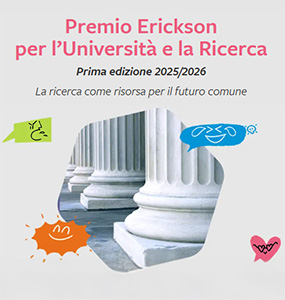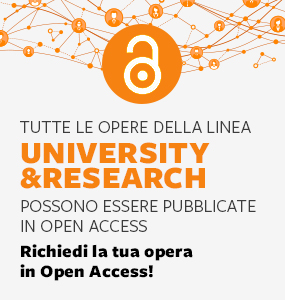Feeling at home: From neighborhood guide to community map
Isabella Quatera, Chiara Catellani
In today’s post-media society, digital environments are a strongly characterizing element of daily experience and various contexts, as they are present in a convergent way in our lives to the point of becoming an integral part of them and influencing in an increasingly pervasive way the processes of meaning of reality and individual and social identity construction. This is more fitting if we consider the pre-adolescent phase, in which subjects often experiment with digitally mediated experiences with sometimes even dystopian tendencies. Therefore, knowing and identifying with what surrounds us is essential for us to perceive ourselves as decisive actors and aware of the importance of our action and as a source of change. In fact, when and how do we feel part of a community? What does it mean to feel at home? How do we attribute value to the places of our daily life? Which spaces, times, relationships do we usually include in our landscape and how do we experience it through the mediation of technologies? This paper presents a teaching experience of embodied learning environment carried out during the current school year 2023-24, in a lower secondary school in the city of Milan, in conjunction with the Specialization Course for Support Activities of the Lower Secondary School of the University of Milan Bicocca.
Keywords
Digital education, community maps, embodied cognition, inclusion.



